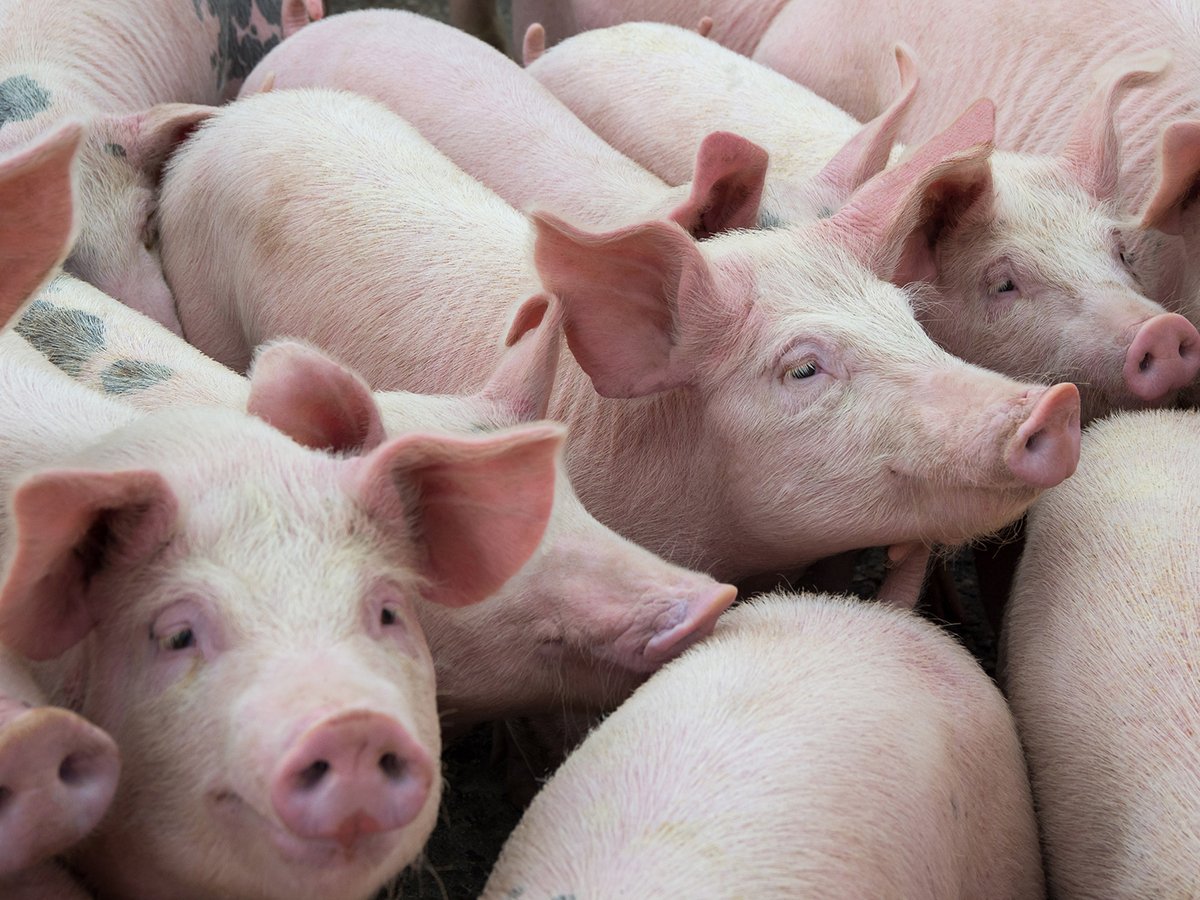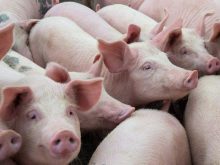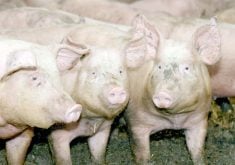REGINA – Loyalty to a single breed paid in spades for the Bender family at Canadian Western Agribition.
Glenn Bender was among the early founders of the western livestock show, where he has shown Shorthorn cattle every year since its inception. He participated whether the outside temperatures hit – 40 C or the snow melt flowed in the alleys.
“We always come here with the attitude we will do well,” he said.
“I always believed they were the best cattle and we stuck with them.”
Read Also

Quebec pork company calls for transparency around gene-edited pigs
Quebec-based pork company duBreton is calling for transparency around meats from gene-edited pigs on concerns that a lack of mandatory labelling will confuse consumers, and dilute certification claims. The organic sector is also calling for labelling rules.
At this year’s show, his family won the grand champion bull, breeder’s herd and get of sire.
The Shorthorn tradition is a long one for the Benders. The family homesteaded at Neudorf, Sask., in 1896, and Shorthorns joined the farm in 1947.
In those years Bender saw cattle trends come and go. For a time the British breed fell out of favour because they were small compared to Continental cattle.
The Shorthorn breed rebuilt, and at one point Bender raised a 3,370 pound bull.
The breed is now more moderate, which commercial customers prefer.
Shorthorns range from white to roan to solid red.
The Benders prefer solid red cattle to fit into the commercial industry.
“The top commercial people want solid colours,” he said.
To capture extra money from the commercial market, the family finishes its cattle to market weight and sells them on the rail so it can receive grading information from XL Foods in Moose Jaw, Sask. AA and AAA grades are common. The steers have to finish at 14 months and produce an 800 lb. carcass.
Bulls from the family’s 100 cow purebred herd are sold to local customers through sales in Regina and Yorkton, Sask., or direct from the farm. It has also exported three bulls to Great Britain and embryos to Australia.
It is especially satisfying for Bender, a third generation farmer, to see his son Ryan and daughter Rayleen and her husband Blaine continue the Shorthorn dynasty.
These days the breed is a major force at the show with 177 entries.
Bender remains energetic and was among the first in the show barn on show day at this year’s recent Agribition, working beside the younger men who clip and groom to blaring rock and roll music.
“After 38 years at Agribition, I was the first Shorthorn guy here this morning. I was here at 2 a.m. I beat all the other men,” he said.
“I’ll keep at it forever. It has been good to us.”
The reserve was awarded to Hill Haven Farm of Duntroon, Ont.
Alta Cedar Shorthorns of Acme, Alta., with partners Braemer Cattle Co. of Bashaw, Alta., had the grand and reserve champion females.
At the sale Nov. 27, Fantasy Lane Shorthorns of Rockwood, Ont. had the highest seller with a two-year-old bull. It sold for $11,000 to Fantasy Lane. Hill Haven also sold a yearling bull for $10,500 to Shane Sawley of Vulcan, Alta.
The 39 lots totalled $127,200 to average $3,262.

















